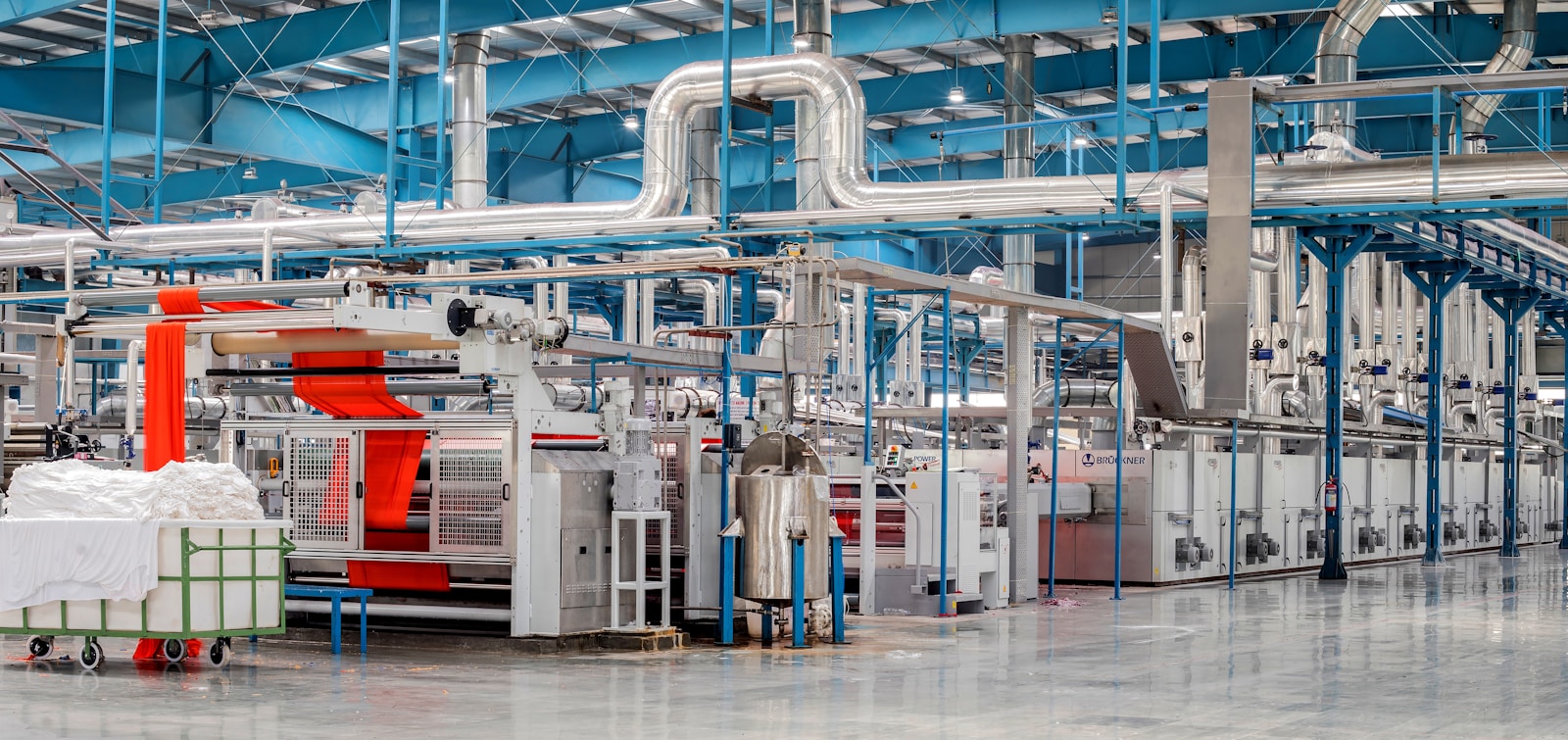In today’s highly competitive business landscape, maximizing efficiency is essential for growth and sustainability. Lean manufacturing, a methodology that originated from Toyota’s production system, offers a proven framework for achieving this goal. By focusing on waste reduction and continuous improvement, lean manufacturing enables businesses to enhance productivity, reduce costs, and improve product quality. This approach emphasizes creating more value for customers with fewer resources, making it a crucial strategy for any business looking to thrive in the long term. Through principles such as defining value, mapping the value stream, creating flow, implementing a pull system, and seeking perfection, companies can streamline operations, eliminate inefficiencies, and quickly adapt to market demands.
Defining Value
Lean manufacturing, a methodology emphasizing waste reduction and continuous improvement, has become a cornerstone for businesses seeking to maximize efficiency and drive growth. Originating from Toyota’s production system, lean manufacturing principles have been adopted across various industries to enhance productivity, reduce costs, and improve product quality. This approach focuses on creating more value for customers with fewer resources, making it an essential strategy for any business aiming for sustainable growth.
Lean manufacturing practices revolve around five core principles: defining value, mapping the value stream, creating flow, establishing pull, and seeking perfection. By adhering to these principles, companies can streamline operations, eliminate inefficiencies, and respond more quickly to market demands. The first step, defining value, involves understanding what the customer values most in a product or service. This understanding guides all subsequent steps, ensuring that efforts are aligned with customer needs.
Employee Engagement and Empowerment
Another critical aspect of lean manufacturing is the focus on employee engagement and empowerment. Employees are often the best source of insights into inefficiencies and potential improvements. By involving them in decision-making processes and encouraging their participation in problem-solving, businesses can tap into a wealth of knowledge and creativity. Training programs and workshops can equip employees with the skills and tools needed to contribute effectively to lean initiatives, fostering a culture of collaboration and continuous improvement.
Hydraulics: A Practical Application
One practical application of lean manufacturing is the use of hydraulic systems. Hydraulics are vital in many manufacturing processes, providing the power and precision needed for various operations. To maximize efficiency, high-quality hydraulic components, such as hydraulic adapters and fittings, must be used. These components ensure reliable connections between different hydraulic system parts, preventing leaks and maintaining optimal performance. By selecting the right hydraulic adapters and fittings, businesses can reduce downtime, lower maintenance costs, and improve overall productivity.
In addition to using quality components, maintaining and regularly inspecting hydraulic systems is crucial for preventing failures and ensuring efficiency. Routine checks can help identify wear and tear early, allowing for timely replacements and avoiding costly breakdowns. Implementing a preventive maintenance program can further enhance the reliability and lifespan of hydraulic systems, contributing to smoother operations and reduced operational costs.
Leveraging Technology for Lean Manufacturing
Technology also plays a pivotal role in supporting lean manufacturing efforts. Integrating advanced technologies, such as automation, the Internet of Things (IoT), and data analytics, can provide real-time insights into production processes and help identify areas for improvement. Automation can take over repetitive and labor-intensive tasks, freeing employees to focus on more value-added activities. IoT devices can monitor equipment performance and predict maintenance needs, reducing downtime and extending the lifespan of machinery. Data analytics can uncover trends and patterns, guide decision-making, and enable more precise adjustments to production processes.
Mapping and Creating Flow in the Value Stream
Mapping the value stream and creating flow are critical steps in lean manufacturing. This involves analyzing all the steps in the production process, from raw materials to finished products, to identify and eliminate waste. Waste can take many forms, including overproduction, waiting times, unnecessary transportation, excess inventory, and defects. By visualizing the entire value stream, businesses can pinpoint bottlenecks and areas for improvement, paving the way for a more efficient workflow.
Creating flow ensures that the production process moves smoothly without interruptions. This requires organizing workstations, equipment, and materials to minimize delays and maximize productivity. Techniques such as cellular manufacturing and standardized work can help achieve a continuous flow of operations. In cellular manufacturing, workstations are arranged in a sequence that supports a smooth flow of materials and products, reducing transit time and increasing efficiency.
Extending Lean Principles Beyond the Production Floor
Moreover, lean manufacturing practices can extend beyond the production floor. Applying lean principles to administrative and support functions can also yield significant benefits. Streamlining processes in procurement, logistics, and customer service can reduce lead times, lower costs, and enhance overall organizational efficiency. For instance, adopting electronic data interchange (EDI) systems can improve the accuracy and speed of information exchange with suppliers and customers, reducing delays and errors.
Implementing a Pull System and Seeking Perfection
Once flow is established, the following principle is to implement a pull system. Unlike traditional push systems, where production is based on forecasts, a pull system produces items only in response to customer demand. This minimizes the risk of overproduction and excess inventory, aligning production closely with actual market needs. Tools like Kanban cards can signal when new materials or products are needed, ensuring a just-in-time production approach.
Seeking perfection involves a commitment to continuous improvement. This means regularly reviewing and refining processes to eliminate waste and enhance efficiency. Techniques such as Kaizen, which focuses on minor, incremental improvements, can be highly effective in fostering a culture of continuous improvement. Encouraging employees at all levels to contribute ideas and take ownership of enhancements is crucial for sustaining momentum and achieving long-term success.
Creating a Safe and Organized Work Environment
Lean manufacturing also emphasizes creating a safe and organized work environment. Implementing the 5S methodology—Sort, Set in Order, Shine, Standardize, and Sustain—can help maintain a clean, efficient, and safe workplace. This approach involves organizing the workspace, keeping it clean, and establishing standards to sustain these improvements. A well-organized and safe environment boosts productivity, enhances employee morale, and reduces the risk of accidents.
Conclusion
Lean manufacturing practices offer a comprehensive approach to maximizing efficiency and driving business growth. Companies can achieve significant productivity and competitiveness by focusing on value creation, waste elimination, continuous flow, demand-driven production, and ongoing improvement. As businesses strive to adapt to changing market dynamics and customer expectations, lean manufacturing provides a proven framework for achieving sustainable success.







Leave a Reply